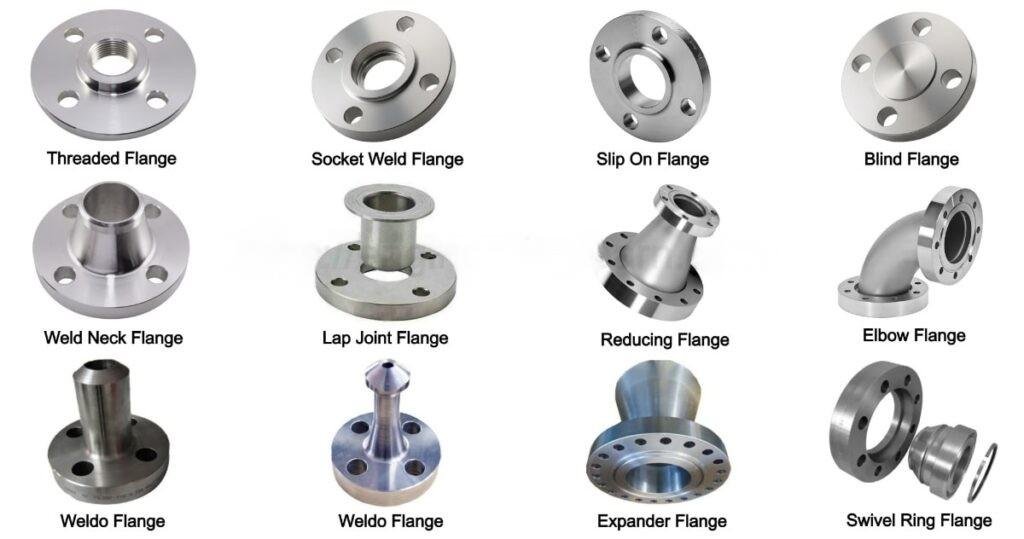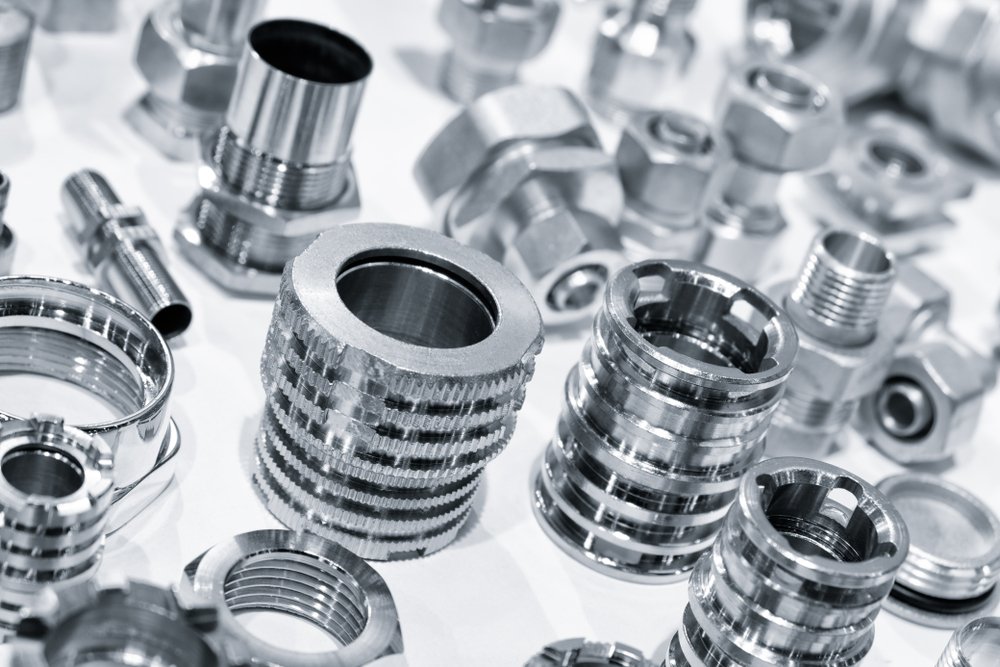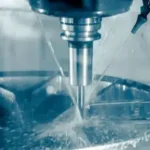Overview
Flanges are essential parts of many industries, including food processing and aerospace. In piping systems, they act as connectors, allowing pipes, valves, pumps, and other equipment to be securely joined. This article examines the various types of flanges, their applications, and the CNC machining processes involved in their manufacture. We’ll also discuss the importance of selecting the appropriate flange for your specific requirements and how CNC machining plays a crucial role in creating high-quality flanges.

Comprehending Flanges: What Are They?
Fundamentally, a flange is a projecting collar, ring, or rim that joins pipes, fittings, or other parts of a piping system. They offer a sturdy and dependable way to join parts, resulting in a tight, impenetrable seal. Flanges are necessary for both easy assembly and maintenance as well as structural integrity. Many industrial applications would not be possible without them, especially those that take place in high-pressure and high-temperature settings.
The Purpose of Flanges
Flanges serve several critical functions:
- Detachable Connections: They allow for easy disassembly and reassembly without damaging the piping system.
- Sealing: By tightly fitting between the flange face and the gasket, they prevent fluid leakage.
- Adaptability: Flanges can be designed to meet various operating conditions, including different pressures and temperatures.
- Standardization: They follow international standards, ensuring interchangeability and general use.
Types of Flanges and Their Applications
Flanges come in various types, each suited for specific applications and requirements. Understanding these types is crucial for selecting the right flange for your system.
Common Flange Types
- Weld Neck Flange: Known for its long, tapered neck, this flange is ideal for high-pressure and high-temperature environments, providing exceptional structural integrity.
- Slip-On Flange: Easy to install and cost-effective, slip-on flanges are used in lower-pressure applications where ease of assembly is a priority.
- Threaded Flange: Also known as a screwed flange, it is attached by screwing onto a pipe with an external thread. Ideal for situations where welding is not practical.
- Lap Joint Flange: Used with a lap joint stub end, this flange is perfect for systems requiring frequent maintenance or disassembly.
- Socket Weld Flange: Suitable for smaller diameter and lower pressure systems, where the pipe is inserted into the flange before welding.
- Blind Flange: A solid disc used to close the end of a pipe system, often used for pressure testing or future expansion.
Specialized Flange Types
- Orifice Flange: Used to measure the flow rate of fluids in a pipe.
- Expander Flange: Allows for expansion or contraction of the piping system during temperature changes.
- Reducing Flange: Connects pipes of different diameters, suitable for changing fluid velocity or flow direction.
The Role of CNC Machining in Flange Manufacturing
CNC machining is a critical process in the manufacturing of flanges, ensuring precision and adherence to standards.
CNC Machining Process
- Material Selection: Choosing the right material is crucial based on the working environment and performance requirements. Common materials include carbon steel, stainless steel, and alloy steel.
- Material Cutting and Forming: The process begins with cutting the raw material into appropriate sizes, followed by shaping through stamping, forging, or machining.
- Heat Treatment: Enhances material properties like strength and hardness through processes like annealing and quenching.
- Machining: Involves drilling, tapping, milling, and turning to achieve precise dimensions and shapes.
- Surface Treatment: Improves corrosion resistance and appearance through methods like sandblasting and plating.
- Inspection and Quality Control: Ensures the flange meets standards through material inspection, dimensional checks, and non-destructive testing.
Choosing the Right Flange Material
Selecting the correct flange material is vital for durability, safety, and longevity. Here’s a breakdown of common materials:
- Carbon Steel: Economical and easy to process, suitable for non-corrosive environments.
- Stainless Steel: Offers excellent corrosion resistance, ideal for harsh chemical environments.
- Alloy Steel: Enhanced with alloying elements for high-temperature and high-pressure conditions.
- Aluminum: Lightweight and corrosion-resistant, used where weight is a concern.
Standards and Markings for Flanges
Compatibility and safety must be guaranteed by following flange standards. Dimensions, materials, and testing methods are specified by standards like ASME, ISO, and DIN. Flange markings guarantee compliance and traceability by providing details about the manufacturer, material specifications, and pressure-temperature ratings.
How to Use a Flange Connection Efficiently
Two flanges are bolted together in a flange connection, usually with a gasket between them to provide a leak-proof seal. The integrity of the system depends on proper installation. Here are some pointers:
Make sure the flange surfaces are spotless and intact.
Make use of the appropriate gasket type for the job.
To disperse pressure uniformly, tighten bolts in a certain order (star or cross pattern).
In conclusion
Flanges, which offer dependable and detachable connections, are essential parts of industrial piping systems. Choosing the best flange for your needs requires an understanding of their types, uses, and the CNC machining procedures involved. The correct flange can make all the difference in guaranteeing system efficiency and safety, regardless of whether you’re working with high-pressure environments or require a particular material for corrosion resistance.
Exploring the World of Industrial CNC Machining






